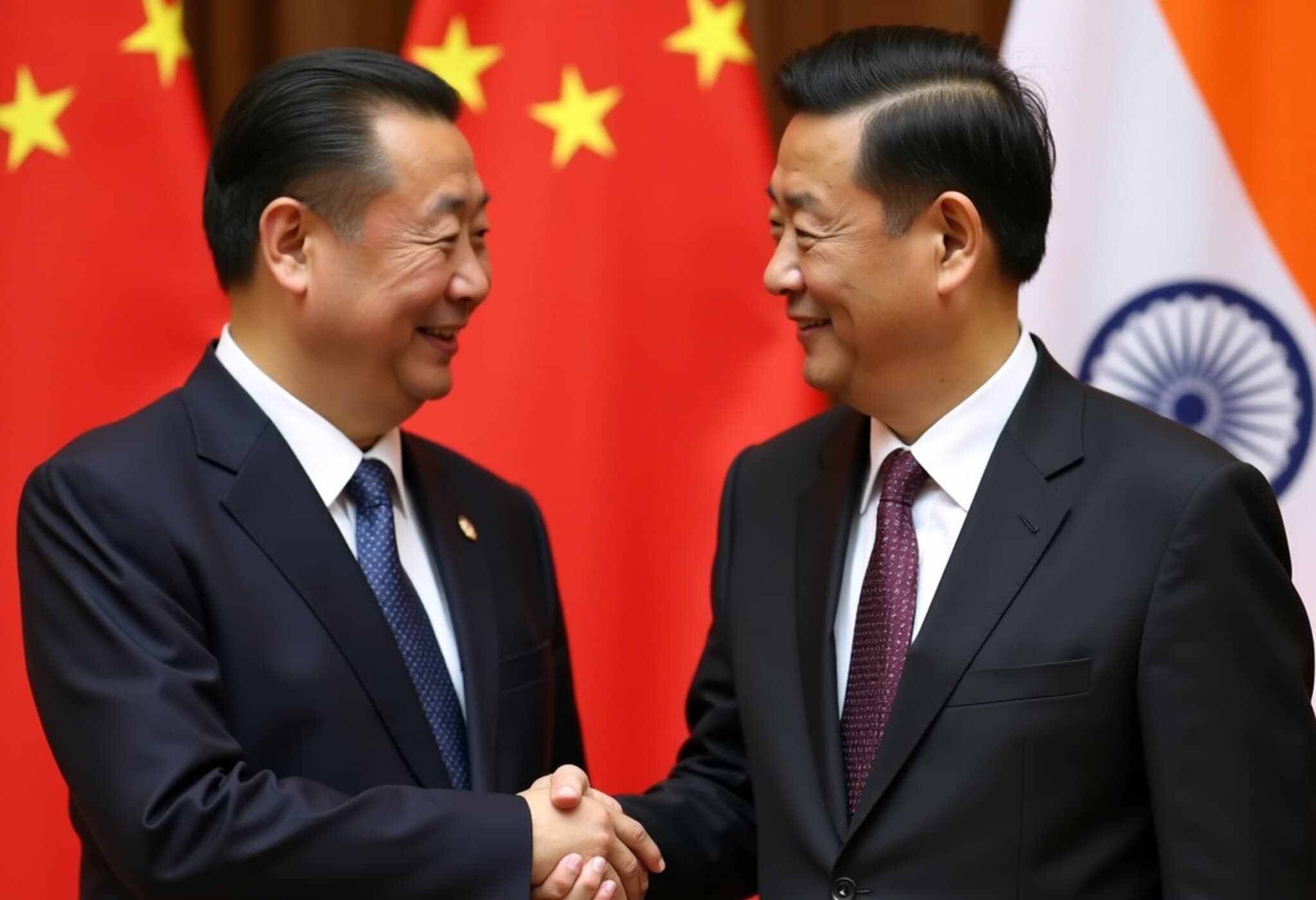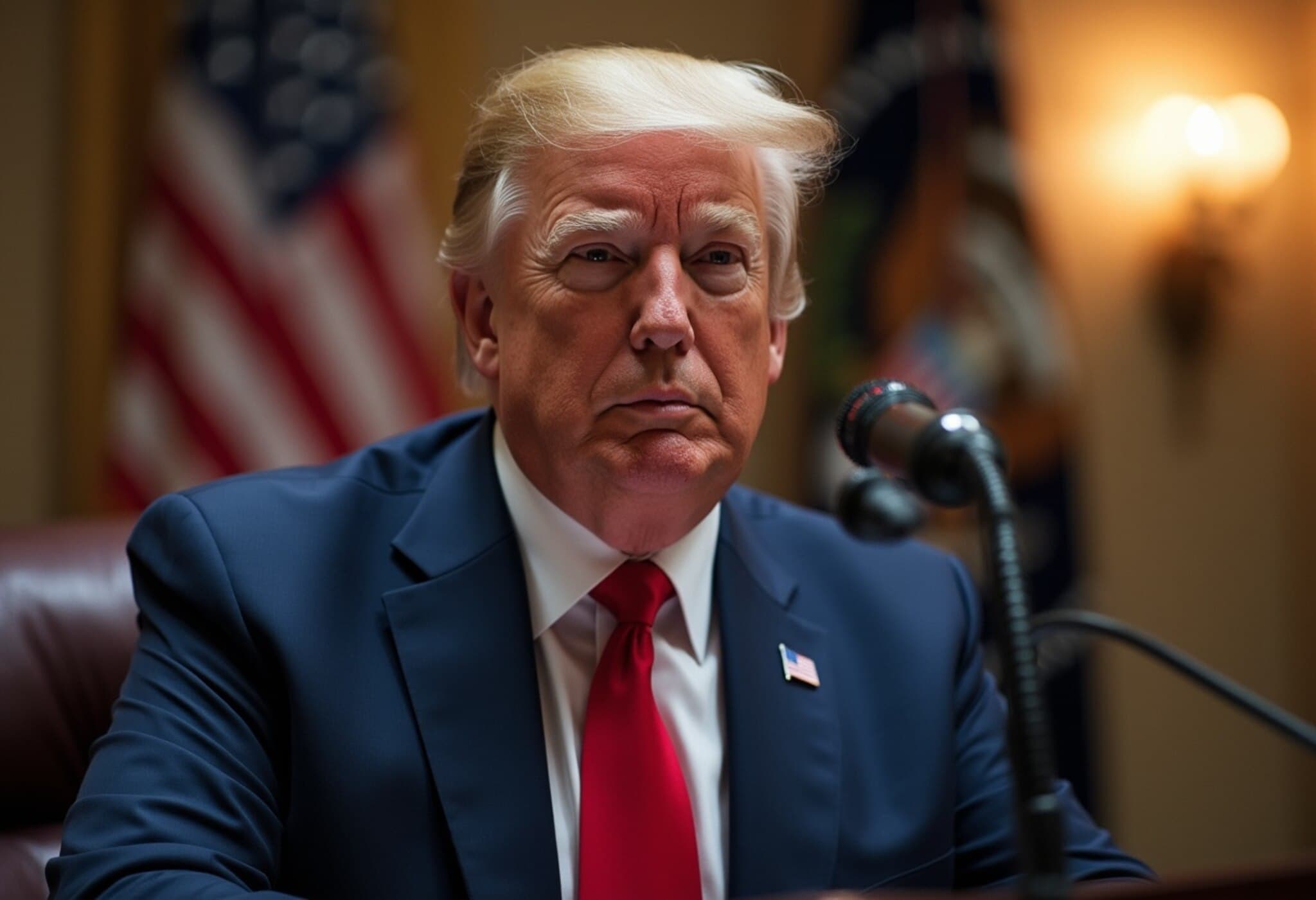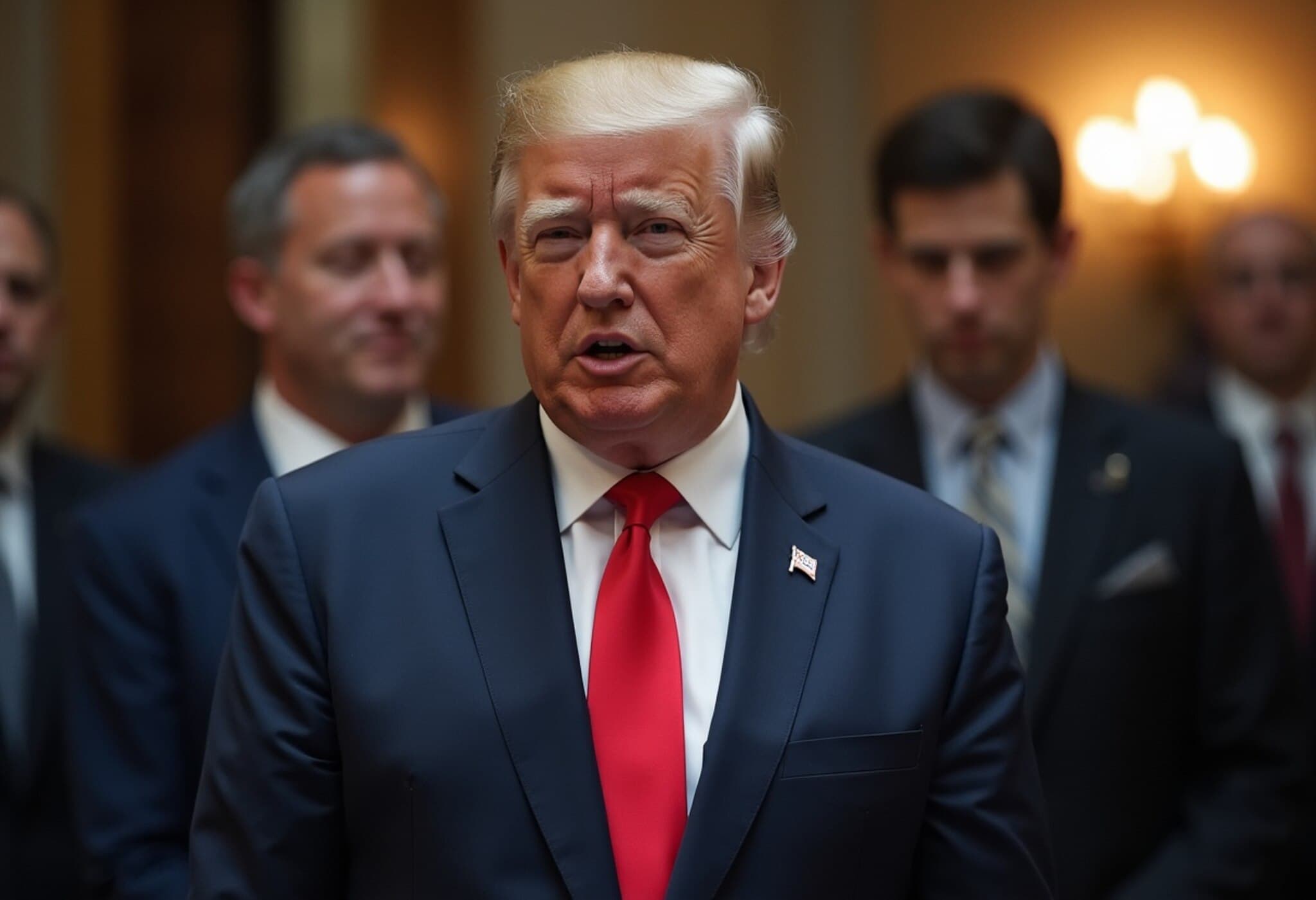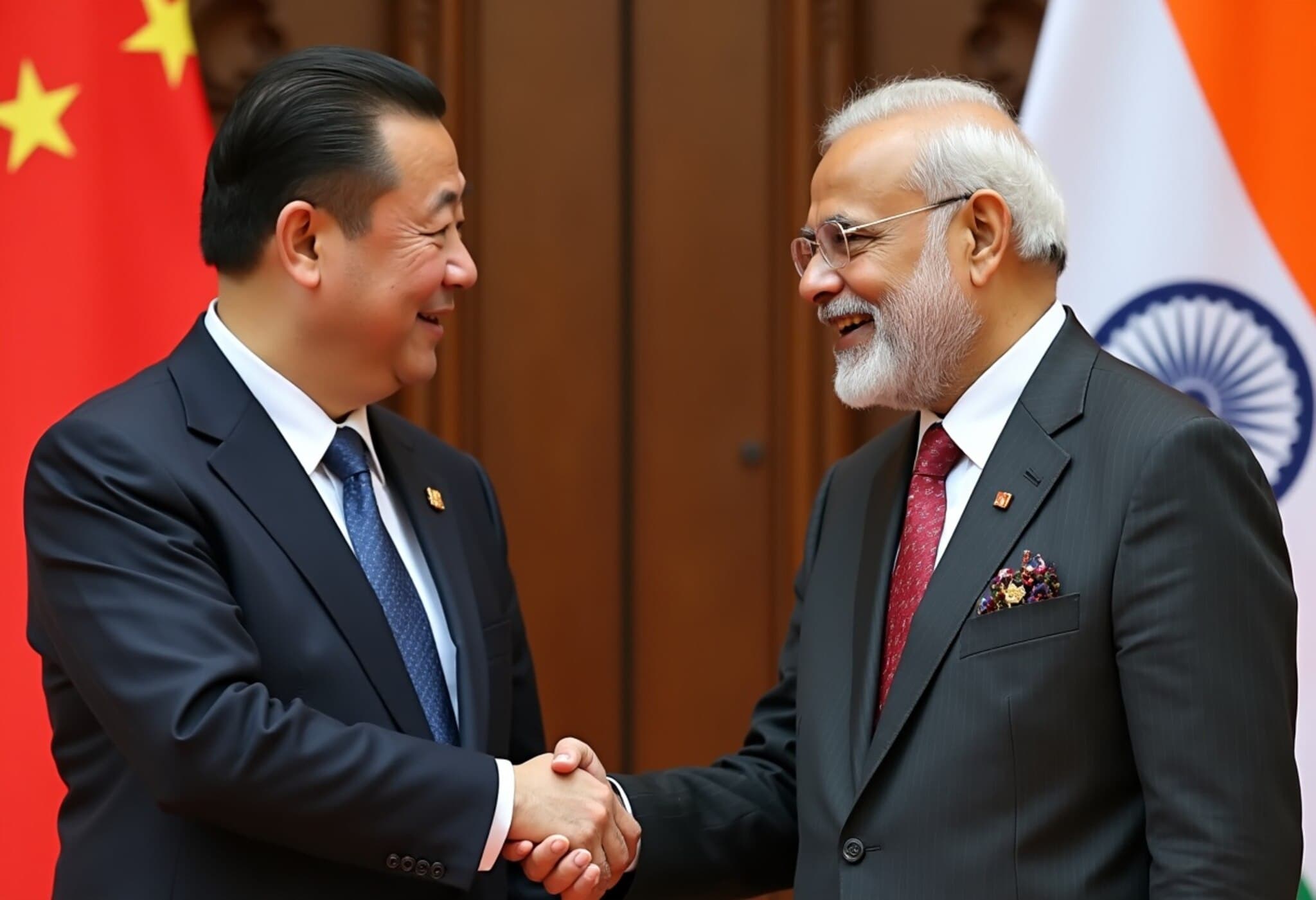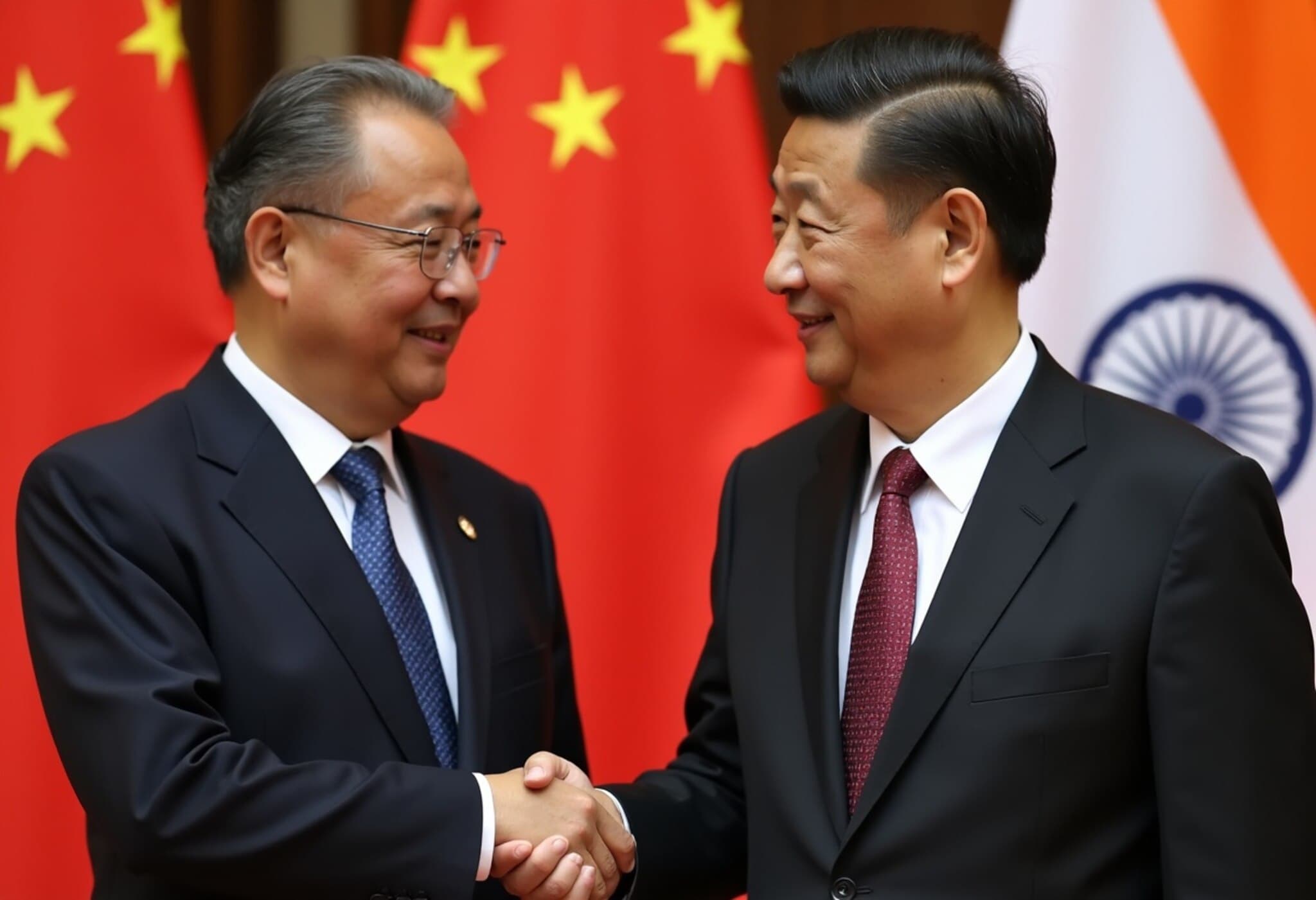India’s Tibet Policy: A Calculated Balance of Principles and Pragmatism
India’s approach towards Tibet has long been described as deliberately ambiguous—a strategy to maintain leverage without compromising core values or provoking unnecessary conflict. According to Eerishika Pankaj, Director of the Organisation for Research on China and Asia (ORCA), this nuanced stance allows India to preserve the potency of the so-called Tibet Card and deploy it judiciously in high-stakes moments, such as during the 2017 Doklam standoff and post-2020 border clashes with China.
The Dalai Lama and India’s Enduring Commitment
Since the 14th Dalai Lama fled Tibet in 1959 amid China’s military crackdown, India has hosted him and the Tibetan Government-in-Exile in Dharamshala, Himachal Pradesh—now a spiritual and political hub for Tibetan Buddhists worldwide. Despite fluctuating diplomatic interactions between India and China regarding Tibet, India’s respectful hosting of over 100,000 Tibetans signals a long-term, principled commitment that transcends short-term geopolitical gains.
While critics often point to a perceived incoherence in India’s Tibet policy, Pankaj emphasizes that this is a calculated strategic ambiguity, not a sign of neglect. “India refrains from overtly playing the Tibet card, choosing instead a balanced, restrained approach,” she explains. This deliberate restraint differentiates India’s policy from Cold War-era power plays, where rival states used third parties as fodder for geopolitical competition.
Contextualizing Tibet in the India-China Border Dispute
Tibet lies at the heart of India-China tensions. China’s assertions that Tibet is an integral part of its territory underpin its conflicting territorial claims over Indian border regions like Ladakh and Arunachal Pradesh. These claims escalated to deadly clashes in 2020, where 20 Indian soldiers lost their lives in Galwan Valley engagements—the first fatalities in decades along the disputed border.
Amid this backdrop, China actively resists any international support for the Dalai Lama's spiritual succession, viewing it as a direct challenge to its sovereignty. India's carefully worded statements—affirming respect for Tibetan cultural heritage without overtly confronting China—reflect the complexity of delicately balancing humanitarian, religious, and diplomatic imperatives.
Preserving Cultural Dignity without Weaponizing Tibet
India’s approach underscores a rare ethical dimension in geopolitics: it affords the Tibetan exile community dignity and a semblance of autonomy without turning them into mere strategic pawns. Pankaj notes that India’s policy safeguards Tibetan spiritual and cultural identity rather than exploiting it for narrow gains. By hosting religious institutions and the Government-in-Exile, India offers a unique sanctuary unmatched by any other nation.
“The Tibet card’s value is enhanced, not diminished, by India’s choice to underutilize it,” says Pankaj. “This principled support strengthens India’s international credibility, distinguishing its stance from transactional geopolitical maneuvers.” However, she also highlights the need for enhanced strategic clarity and coordinated international action, especially as the contentious succession of the Dalai Lama unfolds with growing moral and political stakes.
Building International Coalitions: Learning from the Quad Model
One of the critical gaps in current international policy is the absence of a cohesive, action-oriented coalition focused on Tibet. Pankaj advocates for convening like-minded democracies to create a dedicated Tibet forum, similar to the Indo-Pacific’s Quad comprising India, the U.S., Japan, and Australia. The Quad not only projects military balance but also partners on infrastructure, sustainability, and governance, thereby limiting China’s influence.
In contrast, efforts on Tibet have largely been rhetorical—with no substantial collaborative mechanism to counter China’s “narrative warfare,” which seeks to delegitimize Tibetan autonomy and assert exclusive Chinese authority over reincarnation politics. This strategic vacuum risks further marginalizing Tibet’s cultural and political claims.
Pankaj warns, “Failing to coalesce around Tibet risks emboldening China’s aggressive territorial and ideological strategies, undermining values-based diplomacy. Establishing a Tibet-focused coalition would send a powerful moral and strategic signal while supporting the Tibetan community’s rights.”
Conclusion: Navigating a Complex Geopolitical and Ethical Landscape
India’s Tibet policy epitomizes a sophisticated balancing act—maintaining principled restraint while preserving strategic options amid one of Asia’s most enduring geopolitical flashpoints. The evolving context of border tensions, the Dalai Lama’s succession, and China’s global assertiveness necessitate clearer strategies and multilateral cooperation.
The critical question remains: can India and its democratic partners translate rhetoric into robust frameworks that protect Tibetan cultural autonomy and challenge China’s hegemonic narratives without escalating conflict? The answer will significantly influence regional stability, human rights, and the future contours of Himalayan geopolitics.
Editor’s Note
India’s “strategic ambiguity” on Tibet is a case study in balancing ethical commitment with realpolitik. While critics see indecisiveness, experts like Eerishika Pankaj highlight the power of calibrated restraint bolstered by foundational principles. This approach preserves India’s credibility and the sanctity of Tibetan culture, yet faces challenges in an environment where China’s assertiveness continues to grow. Readers are invited to reflect on how democratic alliances might evolve to support Tibet, preserving not just political interests but profound cultural and spiritual legacies.


